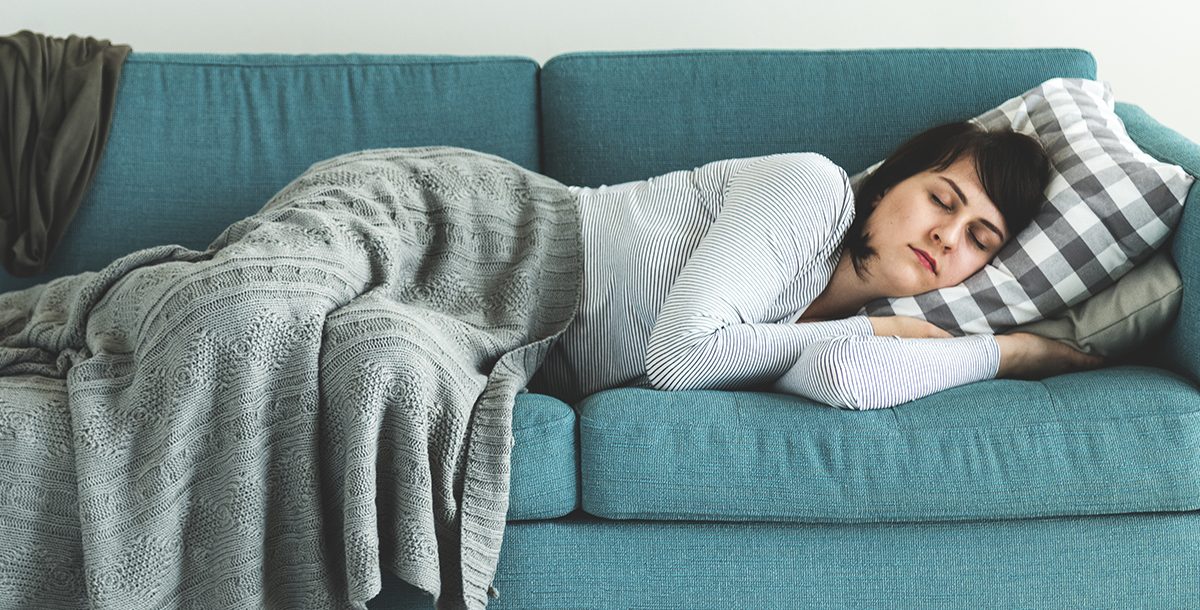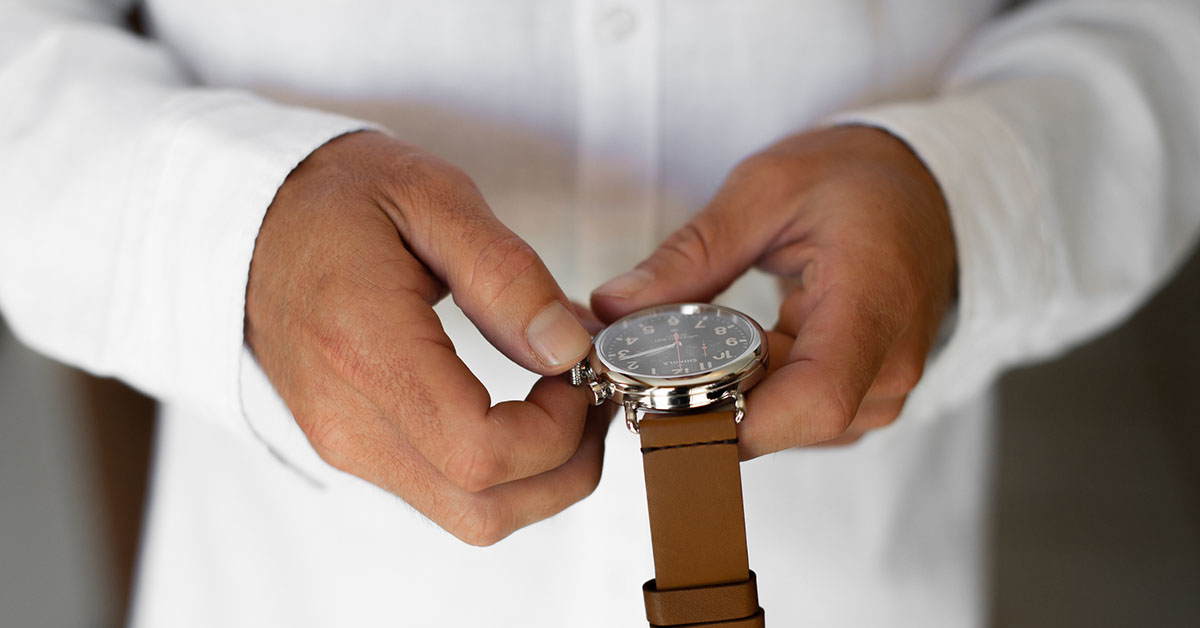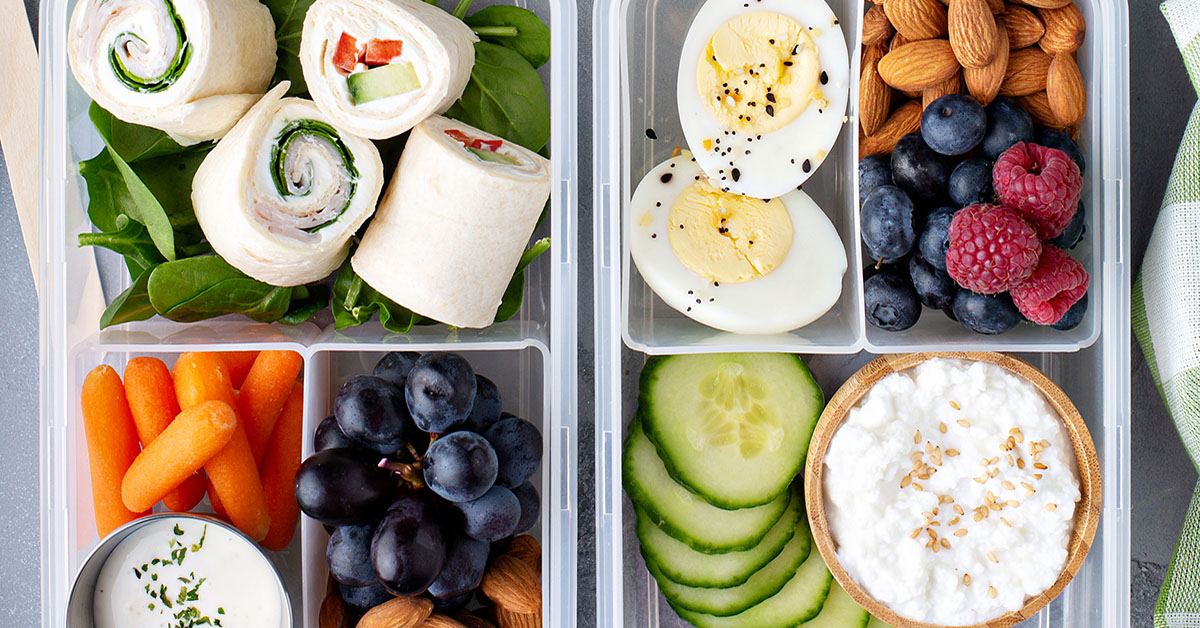Over the holiday break, taking a long winter’s nap is probably an item on most of our agendas. But how long should your nap be? And what is the best time during the day to take one?
Learn everything you need to know about napping here.
Are there different types of naps?
There sure are! Naps are typically categorized based on the purpose they serve in your day. So, next time you are about to enjoy a mid-day shut eye session, first think about why you are tired and what you hope to gain from it.
Here are some of the types of naps.
- Recovery Nap: This is the type of nap you take if you are sleep deprived. If your sleep was interrupted the night before or you were up late, you’ll typically take this nap the following day to compensate for the sleep you lost.
- Prophylactic Nap: Do you work during odd hours, like an overnight shift? If so, you’re probably very familiar with this type of nap. It is taken to prepare for sleep loss. Usually, you’ll schedule this nap for right before heading to work or even on break during your shift. Its purpose is to help you stay alert and awake while on the job.
- Fulfillment Nap: This is the type of nap children take during the years when they have a greater need for sleep. Fulfillment naps are typically part of an infant and toddler’s everyday routine. Children of all ages and older adults could need one of these naps every so often, too.
- Essential Nap: Feeling under the weather? You’ll want to take an essential nap then. This type of nap is needed when you are sick. It lets your body rest and gives your immune system a boost to help it fight off the virus.
- Appetitive Nap: This is the type of nap most of us will enjoy over the holiday season at some point. They are taken just for the simple enjoyment of relaxing and sleeping.
Healthy napping tips
Naps have lots of healthy benefits. Some of them include boost in mood, reduced tiredness, increase in alertness and better performance in activities. However, naps can also have negative effects on your day, including feeling groggy afterwards and having trouble falling asleep that night.
To get the most out of your naps, be sure to follow these tips.
- The shorter, the better. A good power nap should last between 10 to 20 minutes. If you need more time, still avoid sleeping for over an hour during the day. The longer the nap, the more tired you will feel afterwards.
- Early afternoon is the best time to nap. Aim for a time between 1 p.m. and 3 p.m. Naps taken after this time frame could disrupt your nightly sleep.
- Comfort is key. Make sure your napping environment is quiet and comfortable. It should also be dark, and the room should be at a comfortable temperature.
Is napping a sign of a health problem?
Not typically, but it can be if your need for napping suddenly increases and this new need is constant. Reach out to your primary care provider if you have questions or concerns about your sleep habits.
Learn about the health care services we offer at Mercy Health.






